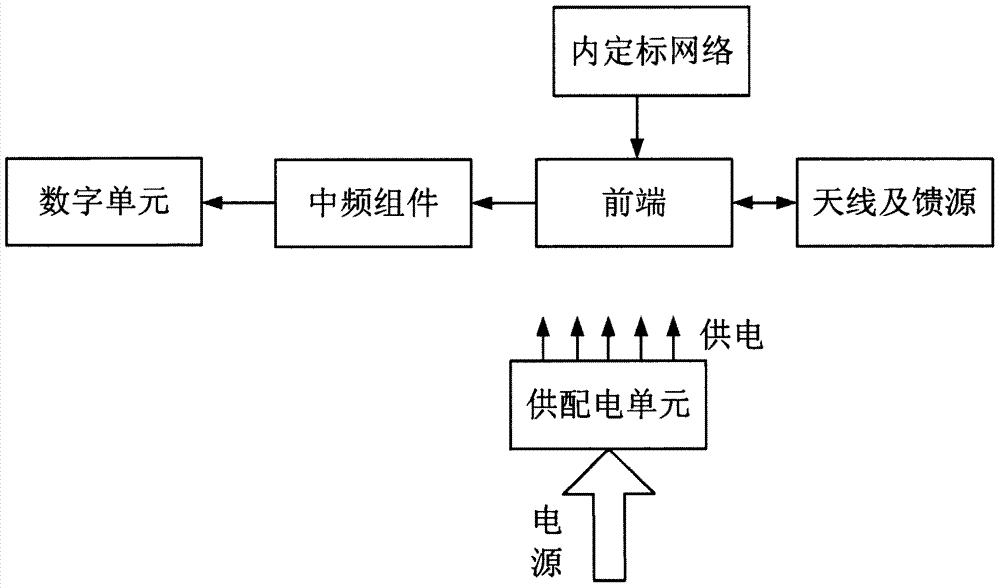Ocean salinity satellite based on joint detection of multiple remote sensors
A remote sensor and salinity technology, applied in the field of ocean salinity satellites, to reduce complexity, improve inversion accuracy and data application capabilities, and improve observation accuracy
- Summary
- Abstract
- Description
- Claims
- Application Information
AI Technical Summary
Problems solved by technology
Method used
Image
Examples
Embodiment Construction
[0025] In the present invention, an L-band two-dimensional synthetic aperture microwave radiometer, an L-band one-dimensional synthetic aperture microwave radiometer, an L-band digital beamforming scatterometer, a C-band microwave radiometer, and a Ku-band microwave radiometer are simultaneously configured on a remote sensing satellite. and K-band microwave radiometer six remote sensors, synchronously obtain the sea surface salinity in the ocean dynamic elements and the sea surface roughness, sea surface temperature and other information that have an impact on the inversion of sea surface salinity, so that the measured sea surface salinity At the same time, the working characteristics of each remote sensor are used to optimize the design, meet the constraints of satellite system design, and ensure that the remote sensors do not affect each other, giving full play to the system performance of remote sensing satellites.
[0026] It should be understood that the configuration of t...
PUM
 Login to View More
Login to View More Abstract
Description
Claims
Application Information
 Login to View More
Login to View More - R&D
- Intellectual Property
- Life Sciences
- Materials
- Tech Scout
- Unparalleled Data Quality
- Higher Quality Content
- 60% Fewer Hallucinations
Browse by: Latest US Patents, China's latest patents, Technical Efficacy Thesaurus, Application Domain, Technology Topic, Popular Technical Reports.
© 2025 PatSnap. All rights reserved.Legal|Privacy policy|Modern Slavery Act Transparency Statement|Sitemap|About US| Contact US: help@patsnap.com



